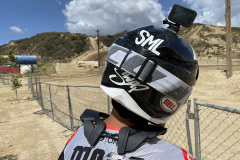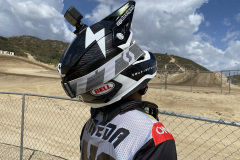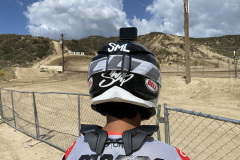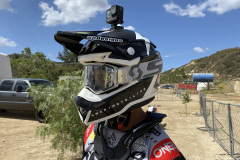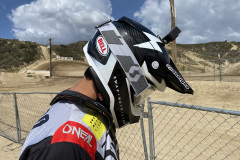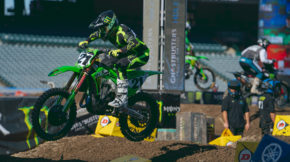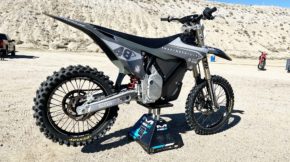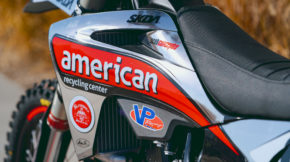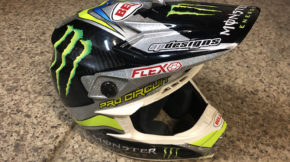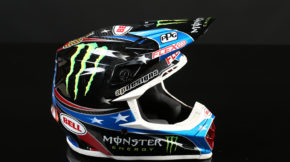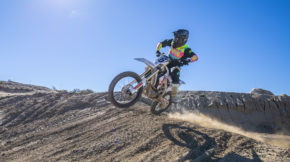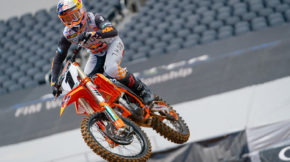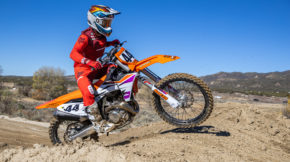Atlas Vision Anti-Compression Collar | Track Tested
Share
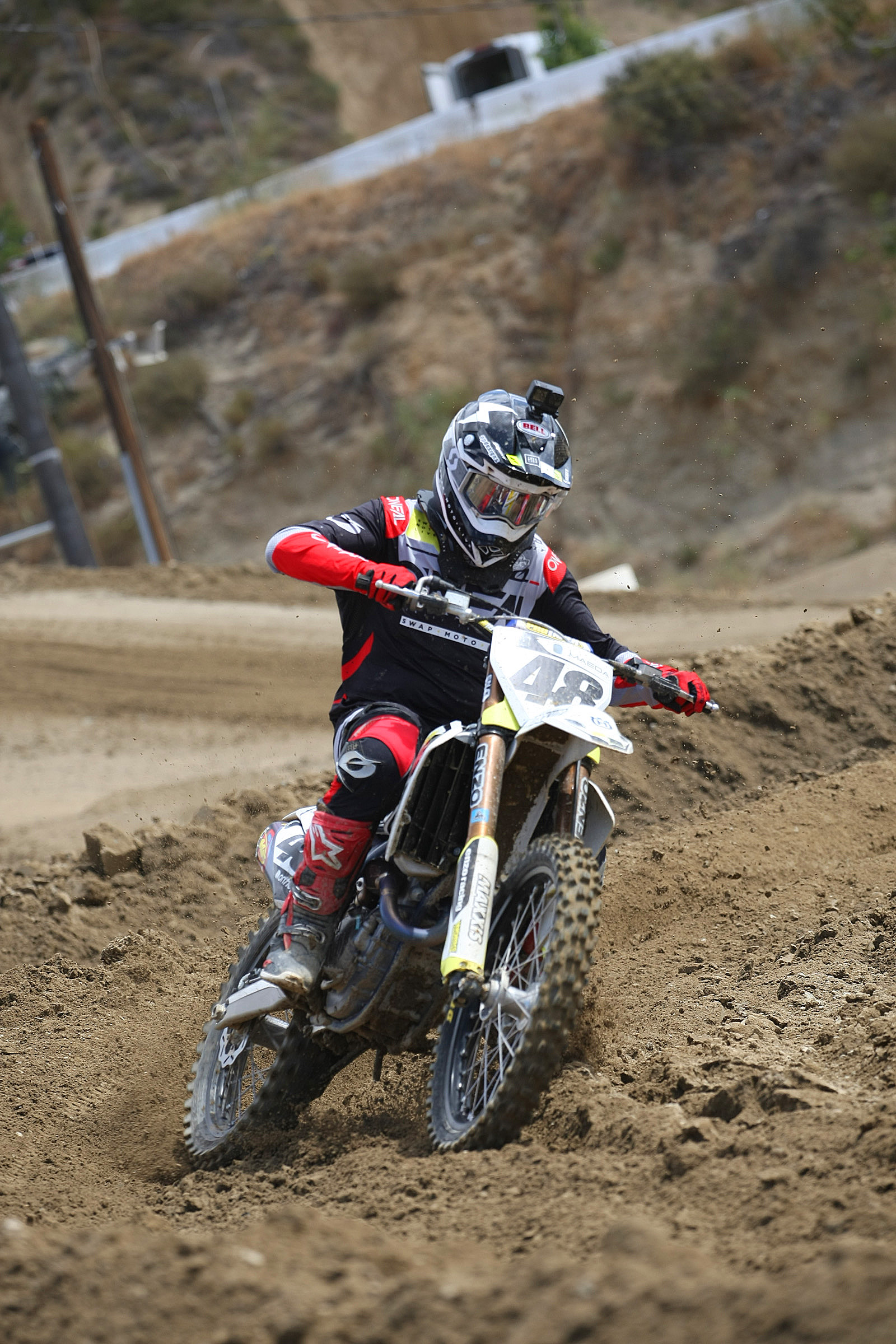 Atlas Vision Anti-Compression Collar | Track Tested
Atlas Vision Anti-Compression Collar | Track Tested
Price: $199.95
Photos by Cynthia Rivera and Pat Foster
It’s been nearly two decades since the neck brace was introduced into motocross, and nearly a decade since Atlas threw its hat into the ring with a unique design that was more flexible, less cumbersome, and lighter than the more-established competition. Today, Atlas unveiled the biggest advancement in the category since its unveiling of the original Air Brace launch in 2012.
WHAT IT IS
While neck brace popularity really took off early on and it was almost more common to see riders with braces than without at our local tracks, the tides have turned in recent years and they have become more and more scarce. Social media influencers campaigning against the safety devices have surely played a role, but by and large, riders usually dislike the way a traditional neck brace limits side-to-side, and forward-and-aft movement. Limiting the range of motion, however, is required to protect against compression, Hyper-Flexion (head forward), Hyper-Extension (head back), and lateral hyper-flexion (head sideways) injuries.

Designed to protect against compression injuries only – which Atlas credits as the deadliest of impacts that occur in all motorcycle injuries – the new Vision Anti-Compression collar allows for a much greater range of motion, more comfort, and feather-light weight. The Vision Anti-Compression Collar is for the rider who wants some level of neck protection but has struggled with fit, comfort, or range-of-motion with traditional neck braces. Thanks to the D30 impact-absorbing materials used in the Vision, there is a 50% greater reduction of compression injuries reduced in testing versus a traditional Atlas Air brace. Furthermore, the D30 material is able to absorb multiple impacts with no loss of performance like other foam pads will.
In addition to the huge improvement in range of motion, the Vision is height-adjustable with extra pads (included), is free of contact pads over your spine or sternum, and features a Slit-Frame design and an easy-open design that utilizes a 7075 aluminum mechanism. The brace is designed to be held down on the rider’s shoulders with a pair of new hybrid straps, which are size adjustable and feature thinner and thicker sides for greater comfort per the rider’s preference.
ON THE TRACK
When we first opened the box and revealed the Atlas Vision Anti-Compression Collar, we must admit that we were so shocked by its size and lightweight that we thought a kid’s brace was mistakenly sent to our offices. Upon further inspection (and perusing the accompanying literature), we realized that the Vision was designed to guard primarily against compression injuries to the neck. Nearly 15 years ago, yours truly suffered a not-so-serious crash in the first turn during a race, but a tractor tire that was used to mark the inside of the first corner caused a brutal, head-on compression impact. While I did suffer a concussion and temporary memory loss, the brace could have protected me against any damage to my neck. A few days after the crash, a bruise caused by my brace formed on my shoulders and chest, offering evidence that the brace had done its job. In the years since I have suffered a pair of broken collarbones and the metal plates used to surgically repair my bones come into contact with every brand of neck brace, rendering me unable to wear one without being in extreme discomfort.
The Vision Anti-Compression Collar, however, is so small and light, that you can barely tell that you have it on. If you take a look at the gallery of photos above, you’ll see that getting my helmet to come into contact with the Vision is nearly impossible forward and aft, and only possible in the furthest range of side extension. Though the “table” of the brace is low and unrestrictive, Atlas claims that the Vision out-performs its traditional Air Brace in laboratory testing. Needless to say, I’ll do my best not to test these claims myself, but I will say that the Vision is very comfortable and almost impossible to detect. I tried it with and without a chest protector beneath my jersey and found that it worked equally well with both setups. Initially, I was convinced that the Vision was so light that the elastic straps (worn criss-cross, around your neck and under your armpit) were an absolute must to keep the brace in place, but after riding a moto with the straps rubbing my armpits I decided to try riding with the Vision floating freely. To my surprise, I never felt the brace lift, twist, or come into contact with the bottom of my helmet…not even in the roughest sections of the track or while jumping.
So, is the Vision Anti-Compression Collar for you? If you have been unable to wear traditional neck braces and still want to protect yourself, this is the Atlas for you. The Vision is literally undetectable while riding, can fit a wide range of rider shapes and sizes, and at $199.95 is a small investment to potentially protect you from a life-changing injury.
CLICK HERE for more!


